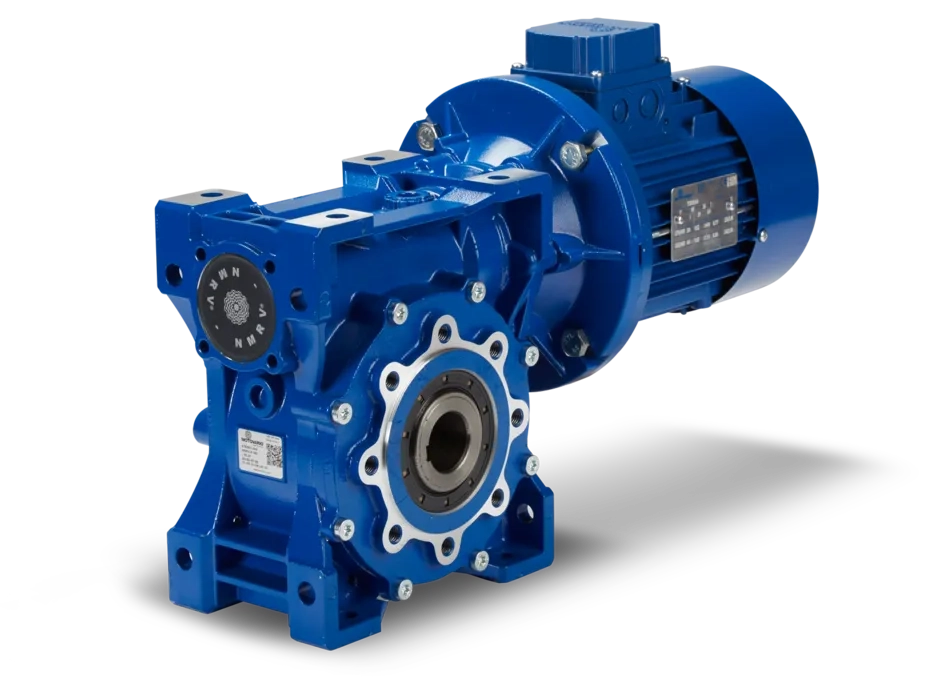Gearboxes are crucial components in various industries, as they transmit mechanical power and torque from one rotating part to another. They come in different types, such as bevel, helical, and worm gearboxes. In this article, we'll discuss how each of these gearboxes works, their efficiency, advantages, disadvantages, and applications in different industries.

A worm gearbox works by using a worm gear, which is a cylindrical gear that resembles a screw, to mesh with a worm wheel, which is a type of helical gear. The worm gear’s unique shape enables it to transmit power between non-intersecting and non-parallel shafts at right angles. The sliding action between the worm gear and worm wheel results in high friction, providing high torque transmission and a self-locking mechanism that can prevent backdriving.
Worm gearboxes are generally less efficient than helical and bevel gearboxes, with efficiency ratings anging from 40% to 90%, depending on factors such as gear ratio, material, and lubrication. The lower efficiency is due to the sliding action between
Worm gearboxes find applications in various industries, such as food processing, material handling, and packaging equipment, among others. They are suitable for applications requiring high torque transmission, compact design, and a self-locking mechanism.
There are three main types of worm gears: single enveloping (or single throated), double enveloping (or double throated), and non-enveloping (or straight) worm gears. Single enveloping worm gears have concave teeth on the worm wheel, while double enveloping worm gears have both concave teeth on the worm wheel and a convex worm gear. Non-enveloping worm gears have straight, parallel teeth on both the worm gear and worm wheel.
Worm gearboxes offer several advantages, such as high torque transmission, compact design, and a self-locking mechanism. However, they also have some disadvantages, including lower efficiency, higher friction, and limited high-speed capabilities compared to other types of gearboxes.


Betech 100pt Ltd
Four Square Buildings, Thomas Street, Heckmondwike,
West Yorkshire WF16 0LS
Registered in England No. 240 4937
VAT No. 461 3067 67
Betech Terms & Conditions
To view our updated terms and conditions of sale